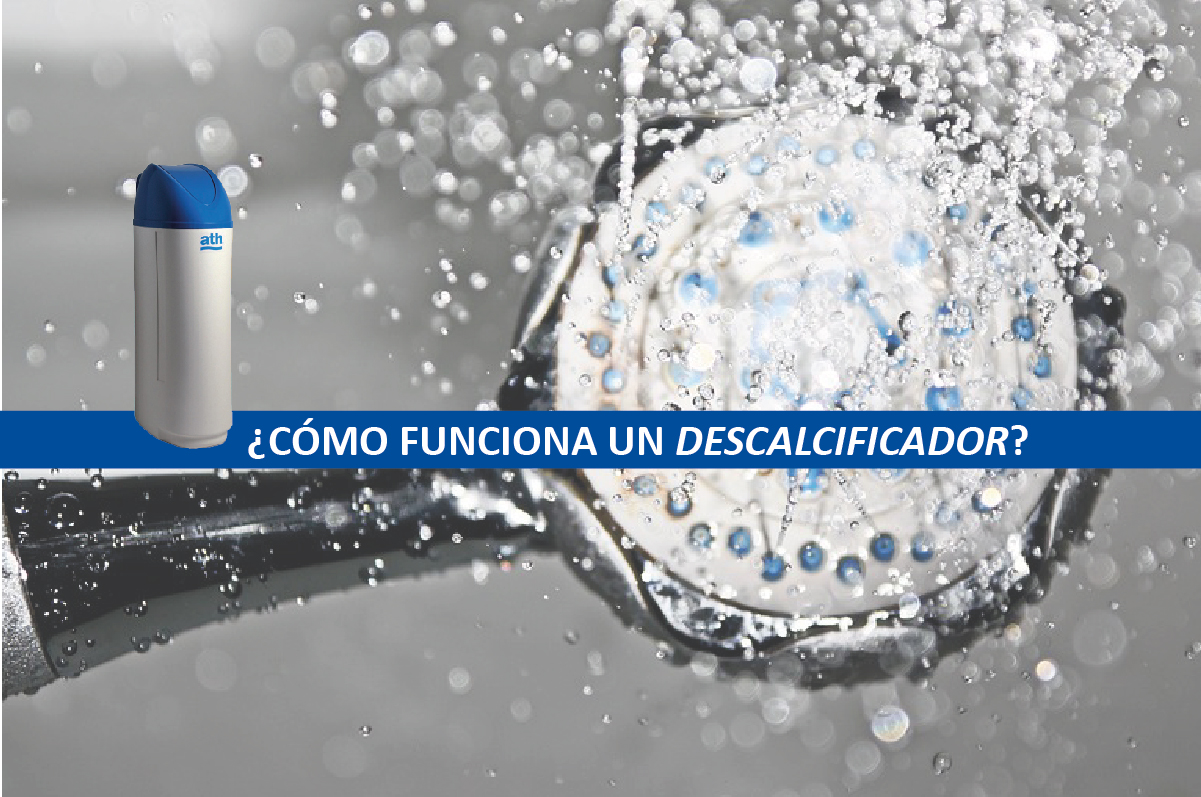The water softener our solution
The water softener has been developed to solve a problem of daily use and that per ten a lot of us do not give much importance. Let us first look at the initial situation in which we find ourselves and then how the Softener can provide us with the solutions we are looking for!
We use water in our things as a massive, everyday use tool. This fluid carries things inside and we see how it leaves a trace in everything it touches in our home, such as the marks you can leave in the shower.
During the water journey, it gradually becomes contaminated and collecting particles that are found along the way, in many cases calcium and / or magnesium that what they do is that the water becomes “hard” and becomes non-drinking and causes negative effects on the uses that it we give the humans.
What do you mean? For example, our clothes or hair are not completely clean, without shine,…
What do we have to do to fix it?
The only solution is to get rid of this calcium and magnesium, and this is when the house hold softener comes into play.
How does the home softener work?
The softener will install it in the system that supplies the water in your home. The main purpose will be to change these minerals (calcium and magnesium) that are harming us for other materials,usually sodium.
A home water softener consists of the different parts:
- Resin tank: inside is the resin where an ion exchange will occur.
- Valves: control descaling and regeneration processes.
- Display display: for the configuration of the equipment and the control of its operation.
- Cabinet: PVC structure that gives shape to the softener and that inside contains all the other components and processes of the equipment.
The process that the softener will perform will have 3 phases:
- Ionic exchange: Inside is a resin in a bottle called a resin-containing column that is connected to a valve that controls the entire mechanism. Through this process the softener will use the resins to capture calcium and magnesium and eliminate them permanently. In turn, sodium ions will be introduced. Sodium is not as corrosive or produce the hardness of the water caused by the previous two materials.
The water will enter the valve through the inlet connection.Once the water happens by theres in returns to the top of the container column. After, goes through the valve and comes out by the output connection to the outside. The water softener has built-in a declassified water meter which will indicate when the next step is to be done, regeneration. - Regeneration: A household water softener can treat a certain amount of water. The regeneration process is based on the release of sodium ions into the resin. The main difference from this step with the previous one is that here the calcium ions are destined to the drain through the valve. Thus, inside the resin there will only be sodium ions and in this way you can start descaling again.
- Parts of the regeneration: Within the regeneration process itself there are several threads with the aim of having prepared the resin for the subsequent washing of the apparatus. These threads are:
- Performing a counter-wash: the valve directs the water to the resin and from here to the drain.
- Brine absorption: The valve absorbs sodium ions from the water in the brine reservoir.This water passes through the resin and discards excess sodium. At the same moment the resin is released from the lime. Finally this water is thrown into the drain, as it contains the lime retained in the resin.
- Quick wash: once the resin has been regenerated, a short wash is carried out to prevent the taste of the water from containing still traces of salt.
- Fill the brine tank: Finally, the equipment reset the water brine tank.
